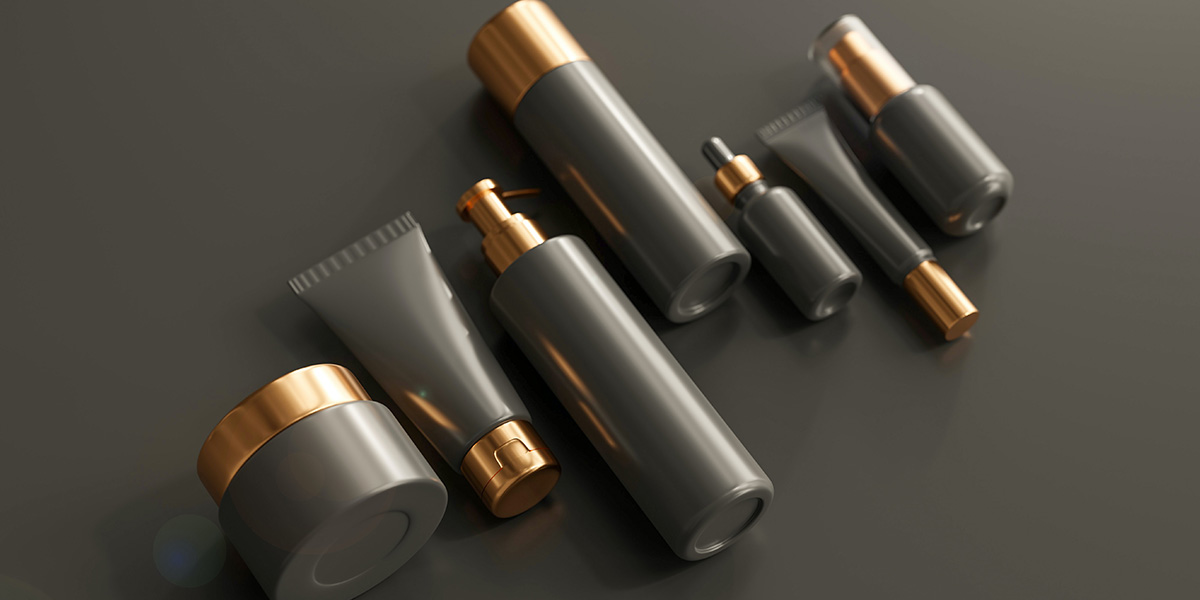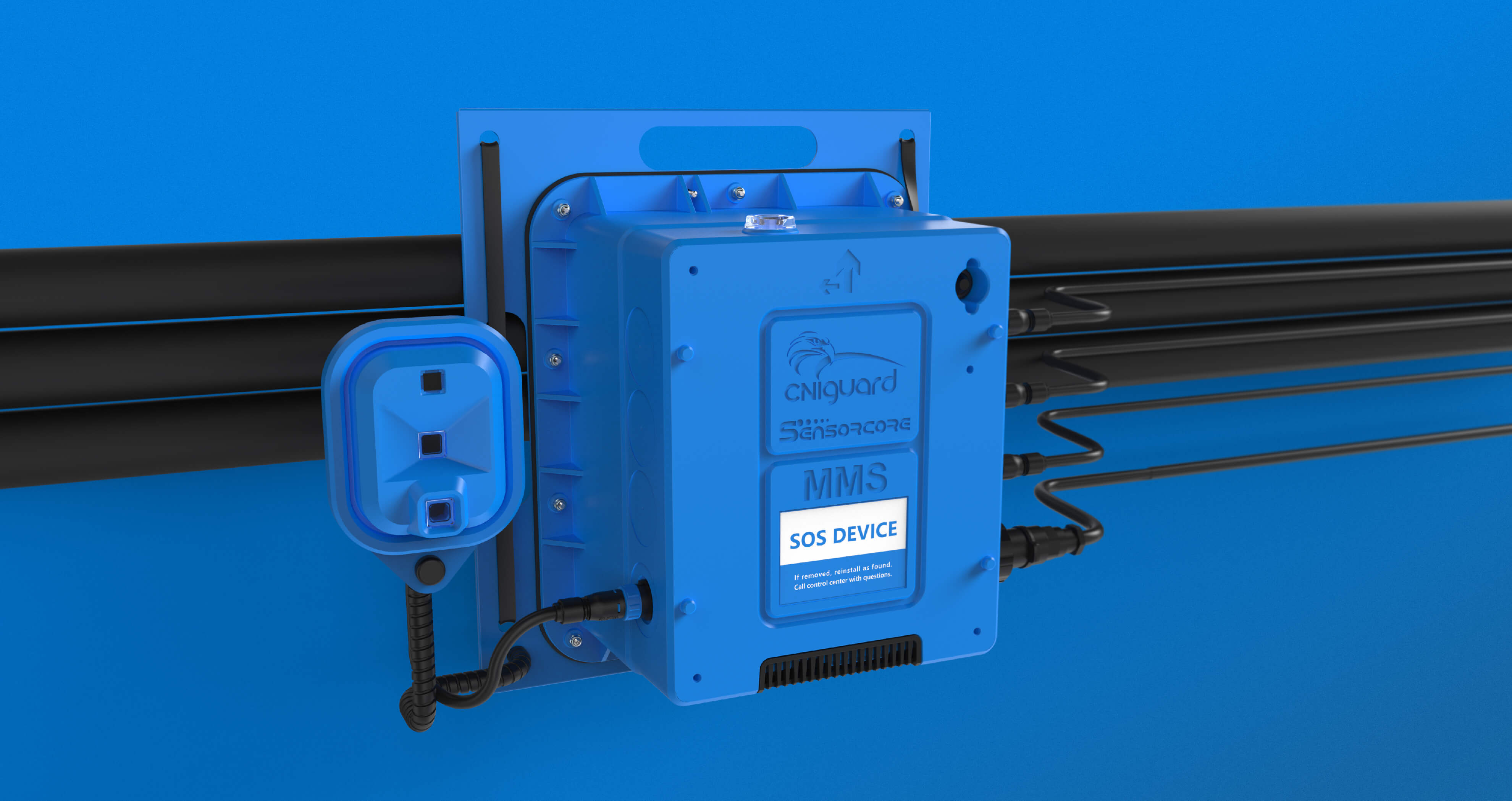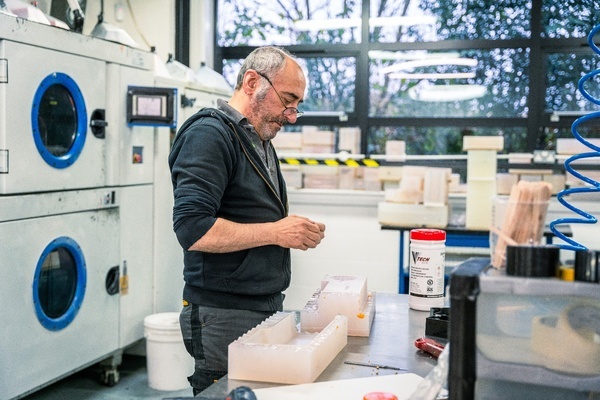The biggest challenge consumer product companies face is understanding consumers. Consumers understandably change their habits to match their needs, so to keep up the industry moves fast. This was a big challenge before the pandemic, but even more so post-pandemic.
There are some important consumer trends that are here to stay, and which will shape the UK’s consumer products sector for years to come. From our research and consumer product insight, we’ve witnessed that consumers are more determined to live their lives to the fullest.
This doesn’t just include experiences or travel as was often the case pre-pandemic. It applies to living healthily, frugally and with technology integrated into every-day life. This theme of living life to the fullest runs through the five key consumer trends we identified.
1. Automated cleaning habits and refillable options
Understandably our society is more germ-conscious than ever before and is likely to stay germ-aware in the future. Cleaning habits are becoming more frequent, however, consumers favour products which make cleaning fast and easy, while nevertheless being thorough.
Products like robot vacuum cleaners and handheld UVC sterilisers to combat the Coronavirus are growing in popularity. Eco-friendly cleaning products and packaging are also expected to sway consumers’ decision-making. CPGs will need to consider the overall design, size and type of product packaging in order to be compatible with refill stations.
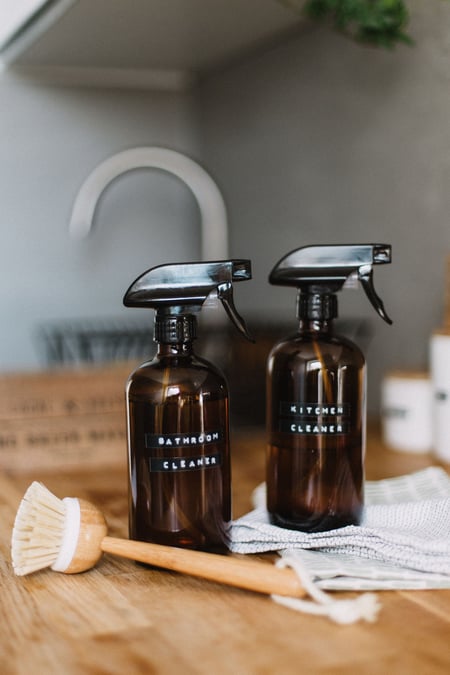
Lidl recently began its trial of laundry detergent refill stations which use high-density polyethylene (HDPE) smart bottles. Other consumer brands like Wild the UK’s refillable deodorant brand are offering subscription-based refills. These are proving popular and are expected to be set-up for cleaning goods too. Consumers are more open to a subscription system linked to smart devices for ease of use, which is why automation and smart refills are likely to be more successful than Amazon’s press to-order button of 2014 – 2019.
Basically, consumers want thorough cleaning choices that are simple, fast, eco-friendly and easily refillable.
2. Interior styling renaissance
As the pandemic winds down, the home is changing from being a sanctuary to a space we yearn to share with friends and family. Consumers are excited to bring people back into their homes and this is reflected in interior styling and homeware product choices.
People are revamping homes to be refreshing and bright spaces but also want it to represent their unique personalities. When visitors do come, it’s meant to be a shared experience, since we’re finally united indoors again.
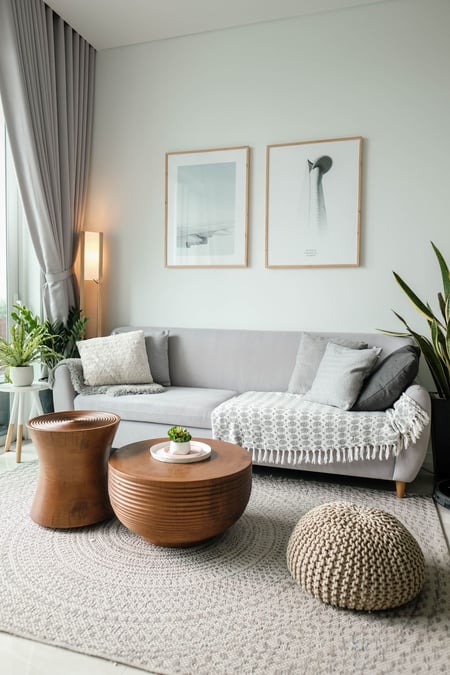
We expect to see an increase in demand of stand-out pieces like statement lighting and mirrors, as well as quirky accessories that have over the top textures or mood-boosting accents. Choice of styles and looks is important here. However, consumers are more conscious than ever about storage. Interior products are chosen on both style and practicality. Consumers want a fashionable and functional home.
3. Changing the functionality of home appliances
One of the biggest changes in home appliances is the growing use of steam. With consumers wanting to have a healthy lifestyle, it’s no wonder that more are turning to healthier steam ovens. Both baking and cooking is proven to be healthier with hot steam rather than hot air used in friers, another home appliance trend for healthier living. Some steam ovens entering the market are including regular steam cleaning cycles (see trend No.1) into their products.

Home appliances that feature healthy and tech integrated options to make consumers’ lives easier are set to drive innovation in the market. Yet these innovations need to be energy efficient too. Even without the rising costs of energy bills, UK consumers are paying more attention to which devices are more energy efficient. An energy-guzzling appliance is more likely to receive public criticism than support.
4. The gamification of fitness products
Both awareness and interest in self-care is on the rise, as consumers continue to grow their home gyms. The global wellness industry is currently worth $4.5 trillion and expected to continue its steep upward climb that was triggered by the lockdowns.
In previous years, smart devices that measure performance have been dominating this market, but now fun is the driving force of the UK’s fitness industry.

We now understand better than ever before that we feel better after exercising, but exertainment (exercise + entertainment) helps the average consumer feel good during too. Peloton bikes enabled fitness professionals to connect with their customers at home and this has sparked companies to consider how music, visuals and wearables can change the overall home fitness experience.
VR headsets are being integrated into products, smart devices and fitness workouts. Both device and entertainment experts are collaborating more and more to attract new consumers to the home fitness market. And social media trends, like TikTok’s regular challenges including the “12-3-30” treadmill challenge, are further pushing the fun and game elements of fitness.
5.The rise of rural urbanites
Consumers living in cities value nature more than ever and are after products that bring nature into their homes without losing the city vibe. Indoor farming and rooftop gardens are mainly driving this trend but there’s plenty of opportunity for CPG companies to create innovative products for these rural fans.
The upkeep of rural spaces is a challenge for consumers especially with the revival of a busy city life. Products that automate care and monitor the wellbeing of plants and rural spaces are likely to do well with this new rural urbanite audience.

This rural trend is expected to trickle down into commercial brick-and-mortar spaces too. As consumers expect more sustainable action from brands, they are predicted to favour brands which can also offer an environmentally positive experience in real life.
It’s an opportunity for CPG companies and their outlets to combine their corporate social responsibility with consumer experience goals.
Are you on board with these consumer trends?
If you’d like to discuss how 3D printing and low volume production can help your business, contact our team online here or via 01909 550 999.

